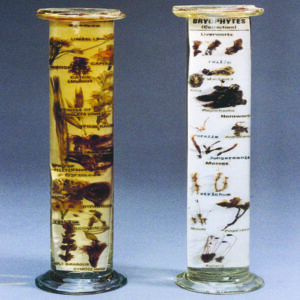ADJUSTABLE INSECT MOUNTING BOARD
Seasoned wood, one board is adjustable along the support, so desired width can be made for various size of abdomen of various insects up to 13 mm. Central groove tapers to allow versatility in pinning different sized insects and fitted with cork sheet for easy pinning. Groove smoothly adjustable in width by means of wing nut or bakelite knob at each end. Size 350 x 110 x 45 mm.






Reviews
There are no reviews yet.